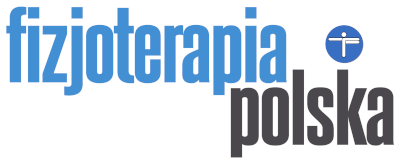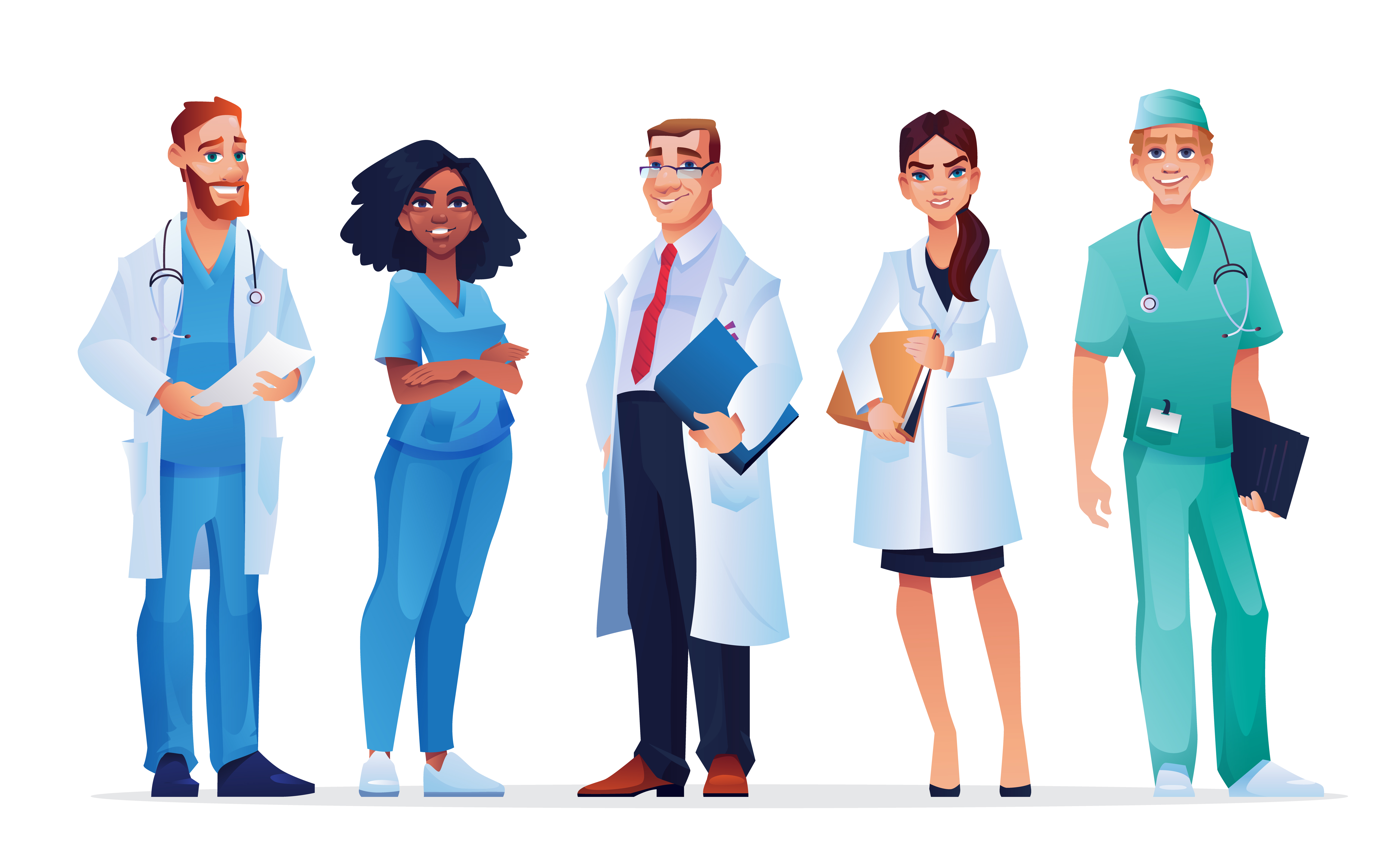Abstract
Introduction. Scoliosis is a term encompassing a group of heterogeneous diseases in which changes in the shape and position of the spine, chest and torso occur. The term idiopathic scoliosis refers to the patients with structural scoliosis with an undetermined cause. Scoliosis, which is defined as idiopathic, must fulfil the following criteria: to be characterized by a three-dimensional spinal deformity and a Cobb angle of 10 degrees or more.
The measurement of angle of trunk rotation (ATR) is one of the basic parameters used in the assessment of the effectiveness of treatment in patients with idiopathic scoliosis.
In the conservative treatment of idiopathic scoliosis, which is characterized by a Cobb angle of less than 25º, Scientific Society on Scoliosis Orthopaedic and Rehabilitation Treatment (SOSORT) recommends mainly scoliosis-specific exercises (SSE). Some authors show in their scientific reports that also by using the corrective and stabilizing exercises, not only SSE exercises, the asymmetry of the torso is diminished, the angular values of the curvature are reduced and the functioning of patients with idiopathic scoliosis improves.
The International Vojta Society indicates idiopathic scoliosis as one of the areas of application of this therapy. Nevertheless, there is a limited number of scientific reports on the applicability and effectiveness of Vojta therapy in the treatment of idiopathic scoliosis.
Aim of the study. The aim of this study was to evaluate the impact of applied corrective-compensatory and corrective-compensatory exercises in the combination with the elements of Vojta therapy on the value of ATR in the group of children aged 10-12 years, diagnosed with idiopathic scoliosis with a low Cobb angle value (10-19º).
Material and methods. A total number of 30 children aged 10-12 years, diagnosed with idiopathic scoliosis with a low Cobb angle (10-19º), who were patients of the rehabilitation clinic, participated in the study. Children were randomly assigned to two experimental groups. The first group (group K), consisting of 15 persons, took part in a 3-week rehabilitation programme and participated daily only in corrective-compensatory exercises. The second group (group KV), also consisting of 15 persons, joined daily the corrective-compensatory exercises for 3 weeks and additionally received Vojta therapy 3 times per week. In all children the ATR was measured before and after therapy.
Results. The results of the statistical analysis did not show any significant differences in the ATR values measured in group K (children who received only corrective-compensatory exercises) before and after the rehabilitation programme (p = 0.306). There were statistically significant differences observed in the ATR measured in the KV group (children who received corrective-compensatory exercises and the elements of Vojta therapy) before and after the rehabilitation programme (p = 0.005). There were no statistically significant differences observed between the two studied groups in the values of the ATR measured before (p = 0.069) or after the rehabilitation programme (p = 0.774).
Conclusions. 1. A significant reduction in the value of the ATR was observed in the group of children with idiopathic scoliosis with a low Cobb angle who received corrective-compensatory exercises in combination with the elements of Vojta therapy.
2. No significant changes in the value of the ATR were observed in the group of children with idiopathic scoliosis with a low Cobb angle who received only corrective-compensatory exercises.
Key words:
scoliosis, angle of trunk rotation, Vojta therapy

